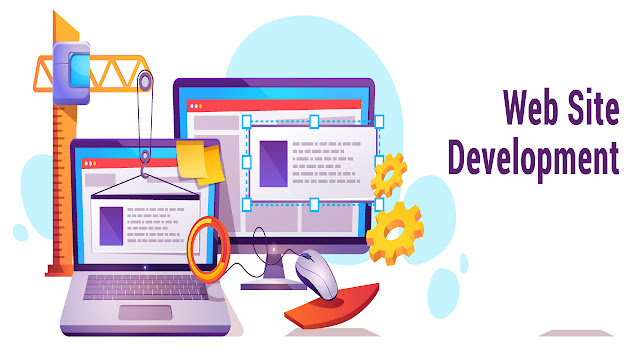The Only Training and Development Resources You Will Ever Need
The Only Training and Development Resources You Will Ever Need
Training and development involve improving the effectiveness of organizations and therefore the individuals and teams within them. Training could also be viewed as associated with immediate changes in organizational effectiveness via organized instruction, while development is said to the progress of longer-term organizational and employee goals.
While training and development techniques have differing definitions, the 2 are oftentimes used interchangeably and/or together. Training and development have historically been a subject within industrial psychology but has within the last 20 years become closely related to human resources management, talent management, human resources development, instructional design, human factors, and knowledge management.
E-learning: training that uses a computer and/or online resources, like CBT (computer-based training), videotapes, satellites, and broadcast interactive TV/DVD/CD-ROM.
The benefits of coaching employees are increased productivity and performance within the workplace, uniformity of labor processes, reduced supervision, and reduced wastage, promoting employees from within, improving organizational structure and styles, boosting morale, better knowledge of policies and organization's goals, improved customer valuation and improved/updated technology.
There's significant importance in training because it prepares employees for higher job responsibilities, shows employees they're valued, improve IT and computer processes, and tests the efficiency of the latest performance management systems.
However, contrarily some individuals believe training may be a waste of your time and money because in certain cases real-life experience may trump education, and organizations want to spend less, not more.
When a corporation puts its employees through training programs, it must make sure that they're efficient and relevant to the employees' tasks within the organization because it is estimated that only 20-30% of coaching given to employees are utilized in the month later. To assist mitigate this issue, some general principles should be followed to extend employees' desire to require part within the program. These include:
- Self-efficacy: this suggests to extend the learner's belief that they will fully comprehend the teachings.
- Attitude: An uncooperative attitude towards learning could hinder the individual’s capability to understand the knowledge being provided.
- Competence: This is often the skill a private develops that permits them to form good decisions in an efficient manner.
- External motivators: These are the behaviors individuals present when a gift or extrinsic goal is given to them.
The traditional constructive feedback also referred to as weakness-based feedback, can often be viewed as malicious from the employees’ perspective. When interpreted negatively, employees lose motivation for the work, which affects their level of production.
The opposite quite feedbacks that's simpler is understood as strengths-based feedback. This feedback is simpler because it's easier to regulate the performance once the individual can separate flaws from strengths.
The strengths-based feedback is the regeneration that permits the workers to acknowledge their strengths and further improve their performance thereupon knowledge. Using this strategy as a base for constructive feedback shows support and encouragement towards the worker, which boosts their confidence.
Confidence in the workplace allows individuals to remain focused and engaged. However, the disadvantage of strengths-based feedback is failing to perform at one's full potential thanks to overconfidence.


Comments
Post a Comment